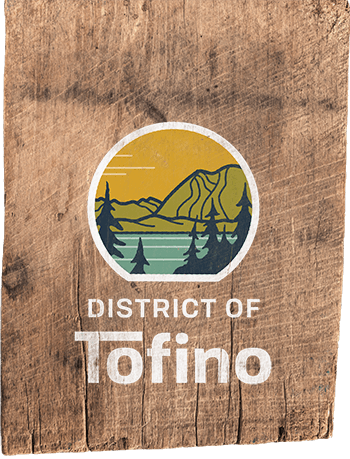Earthquakes
Navigating Life in a Seismic Zone
Located within the Cascadia Subduction Zone, Tofino is in a seismically active region where earthquakes can occur without warning. While some may be minor tremors, a significant seismic event has the potential to cause severe damage. Preparing in advance can reduce risks and protect lives.
What to Expect:
- Ground shaking that may cause structural damage.
- Aftershocks following a major earthquake.
- Landslides in steep terrain.
How to Prepare:
- Secure heavy furniture and objects to prevent them from falling.
- Identify safe spots in your home, workplace, and public spaces (e.g., under sturdy tables).
- Assemble an emergency kit and a grab-and-go bag with essentials for at least 72 hours.
- Create a Home Emergency Plan
- Regularly practice "Drop, Cover, and Hold On."

Practice how to Drop, Cover, and Hold On at home, school, or work by participating in The Great British Columbia ShakeOut each October.
During an Earthquake:
- Indoors: Drop to the ground, take cover under a sturdy object, and hold on.
- Outdoors: Move away from buildings, trees, and power lines.
- Near the coast: Be prepared for a potential tsunami and evacuate to higher ground if necessary.
After an Earthquake:
- Expect and prepare for aftershocks. These can be strong and occur minutes, hours, or even days later.
- Check yourself and others for injuries and provide first aid if needed.
- Identify hazards like gas leaks, damaged wiring, or structural issues. Avoid using open flames until you are sure it's safe. If you detect any hazards, evacuate the area and call 911.
- If the shaking was strong or prolonged, evacuate to higher ground immediately and wait for the official “all clear” before returning.
Early Warning System
In 2024, Natural Resources Canada introduced an Earthquake Early Warning System in British Columbia, utilizing advanced detection technology to provide a few seconds of warning before an earthquake is felt. Alerts are sent to mobile phones, TVs, and radios in affected areas, allowing people to drop, cover, and hold on while automated systems take critical protective actions.
For more information, watch the Earthquake Early Warning video below.
Having trouble viewing the video? Watch it on YouTube.
Stay Informed
- Emergency Information page
- Social Media: Facebook | Instagram
- Newsletter: Sign Up
- Alert Systems: Voyent Alert!
- EmergencyInfoBC: Website | X

